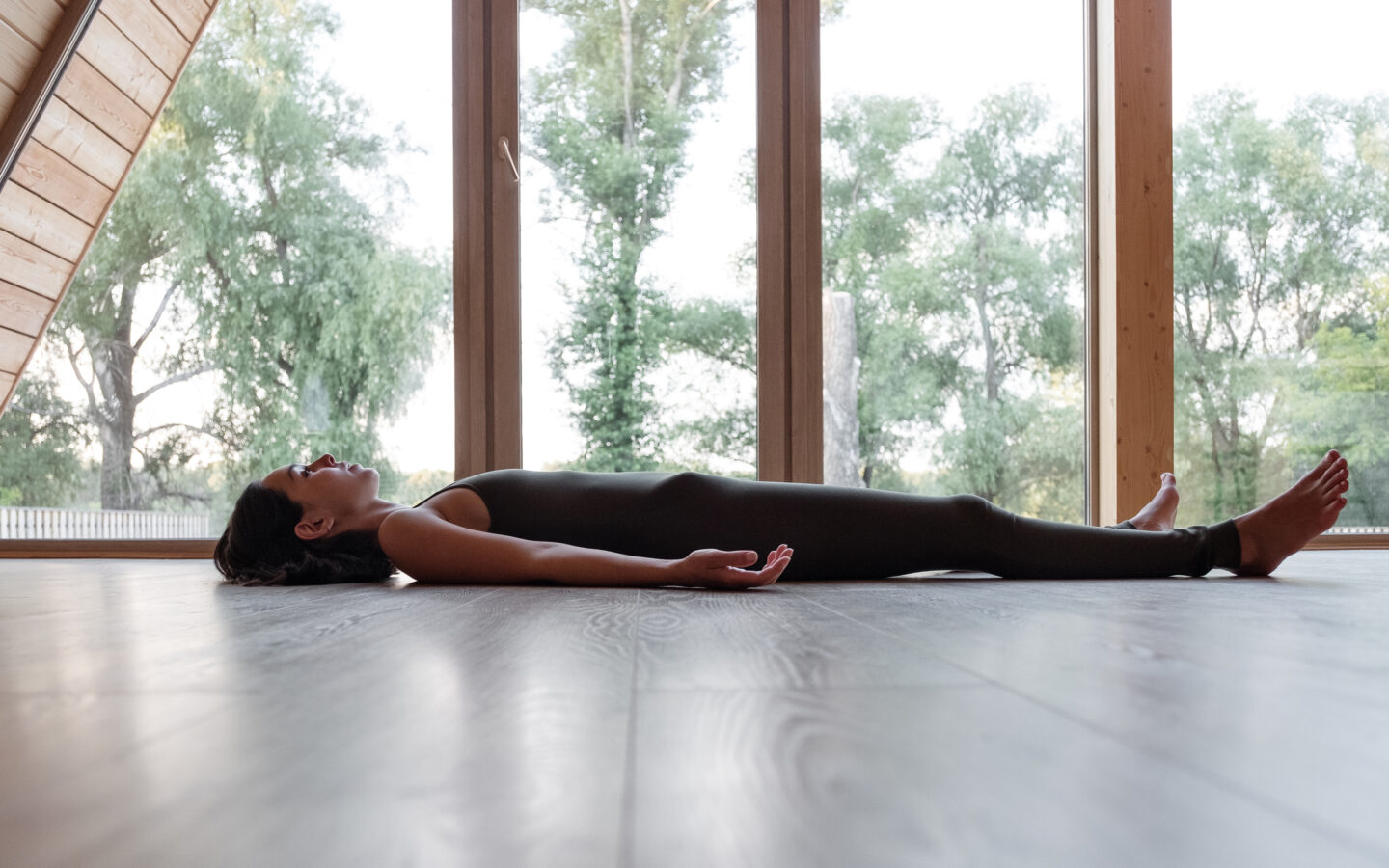4 Proven Mindfulness Practices That Lower Cortisol and Reduce Stress
Milles Team
Discover which meditation, relaxation, and [breth-wurk]nounIntentional breathing exercises that reduce stress and improve focus.Learn More techniques science shows are most effective at reducing stress hormones.
You’ve likely heard that [mahynd-fuhl-nis]nounThe practice of paying attention to the present moment with non-judgmental awareness.Learn More can lower [kawr-tuh-sawl]nounA hormone that helps manage stress, energy, and alertness.Learn More, the body’s primary stress hormone. But which practices actually move the needle?
A comprehensive 2024 meta-analysis published in Psychoneuroendocrinology analyzed 58 randomized controlled trials to determine which interventions most effectively reduce cortisol levels in non-clinical populations. The findings are fascinating and point to some clear winners.
Which Mindfulness Practices Really Lower Cortisol (Backed by Science)
The researchers looked at changes in cortisol before and after various stress-reduction interventions. The tests used saliva, blood, or hair, measuring both Cortisol Awakening Response (CAR), or how quickly cortisol spikes after waking, and diurnal cortisol, or cortisol changes throughout the day. The types of interventions were grouped into four categories:
1. Mindfulness and Meditation
These interventions center on cultivating present-moment awareness through structured practices such as mindfulness-based stress reduction (MBSR), mindfulness-based cognitive therapy (MBCT), and guided meditations. The meta-analysis found this category to be one of the most effective at reducing cortisol, particularly when morning (awakening) cortisol levels were measured.
2. Relaxation Techniques
This category includes strategies like progressive muscle relaxation, breathwork, and biofeedback-assisted relaxation. These methods focus on calming the nervous system and were shown to reduce cortisol significantly, with similar effectiveness to mindfulness-based approaches.
3. Mind-Body Practices
These combine physical movement with internal awareness; examples include yoga, tai chi, and certain forms of biofeedback that involve tuning into bodily signals. While these practices have many health benefits, the review found them to have smaller effects on cortisol reduction in healthy populations.
4. Talking Therapies
This group includes traditional psychological approaches like cognitive behavioral therapy (CBT) and group-based stress counseling. Though widely used for managing stress and anxiety, talking therapies in this review showed minimal impact on cortisol levels, suggesting they may affect stress perception more than physiological stress markers.
Mindfulness and Relaxation: The Most Effective Stress Hormone Reducers
Here’s how the interventions stacked up:
Mindfulness and relaxation practices, including focused breathwork, body scans, and guided imagery, consistently outperformed both mind-body movement and talk therapy in reducing cortisol levels.
The largest reductions were seen in studies that measured cortisol right after waking up, suggesting that mindfulness may be particularly effective at restoring a healthy cortisol rhythm.
Who Gets the Biggest Stress Relief from Mindfulness?
A second meta-analysis, published in Health Psychology Review, found that people living in stressful situations or with chronic illness experienced the biggest cortisol reductions after meditation interventions. For healthy individuals under mild stress, the effect was smaller or marginal.
This suggests that mindfulness may be especially powerful for:
- Caregivers
- People recovering from illness
- Individuals in high-stress jobsMidlifers and older adults navigating life transitions
4 Simple Mindfulness Practices Proven to Decrease Stress
You don’t need a silent retreat or a year-long course to get the benefits of stress-reducing practices. These four research-backed techniques are accessible, effective, and easy to try at home:
1) Mindfulness Meditation
Spend 10–20 minutes a day sitting quietly and focusing on your breath, bodily sensations, or a simple anchor like sound. The goal isn’t to “clear your mind” but to observe your thoughts non-judgmentally as they come and go. Over time, this practice strengthens attention, emotional regulation, and [ri-zil-yuhns]nounThe ability to recover quickly from stress or setbacks.Learn More.
Try this: Tara Brach’s free guided meditations, or explore one of our top meditation apps for 2025.
2. Progressive Muscle Relaxation (PMR)
This technique involves slowly tensing and relaxing each muscle group in your body—from your toes to your forehead—while focusing on the contrast between tension and ease. PMR has been shown to reduce cortisol, improve sleep, and ease physical symptoms of anxiety.
Try this: Progressive Muscle Relaxation from Johns Hopkins, or explore PMR on the Insight Timer app.
3. Guided Imagery
Guided imagery uses visualization to tap into calming emotional states—like picturing a peaceful forest, ocean waves, or a warm sunlit meadow. It works by activating the [par-uh-sim-puh-thet-ik nur-vuhs sis-tem]nounThe part of your nervous system that supports relaxation and digestion.Learn More, helping regulate stress hormones and shift your brain into rest-and-digest mode.
Try this: Belleruth Naparstek’s guided imagery meditations are considered gold-standard in the clinical world, or browse visualization tracks on Calm.
4. Box Breathing
This simple practice can switch your body out of fight or flight mode, and is even used by Navy Seals (they call it tactical breathing) to stay calm and focused.
Here’s how:
- Breathe out fully, emptying your lungs.
- Then, inhale through your nose for a slow count of four, feeling your lungs and stomach expand.
- Hold for four, allowing your body to rest in the pause.
- Exhale through your mouth for four, releasing tesnion and emptying the lungs.
- Hold again for four, pausing in the release.
Repeat this cycle for three to four rounds to reset and refocus. It works by directly engaging the vagus nerve and lowering your heart rate.
You can also try the 4-7-8 breathing practice from Live, Love, Laugh Foundation, or explore structured breathwork practices in one of the top meditation apps.
Pick a practice that resonates, and try it for 7 days straight. Even a few minutes can rewire your stress response—and help bring cortisol back into a healthy rhythm.
Read This Next
The information provided in this article is for educational and informational purposes only and is not intended as health, medical, or financial advice. Do not use this information to diagnose or treat any health condition. Always consult a qualified healthcare provider regarding any questions you may have about a medical condition or health objectives. Read our disclaimers.

